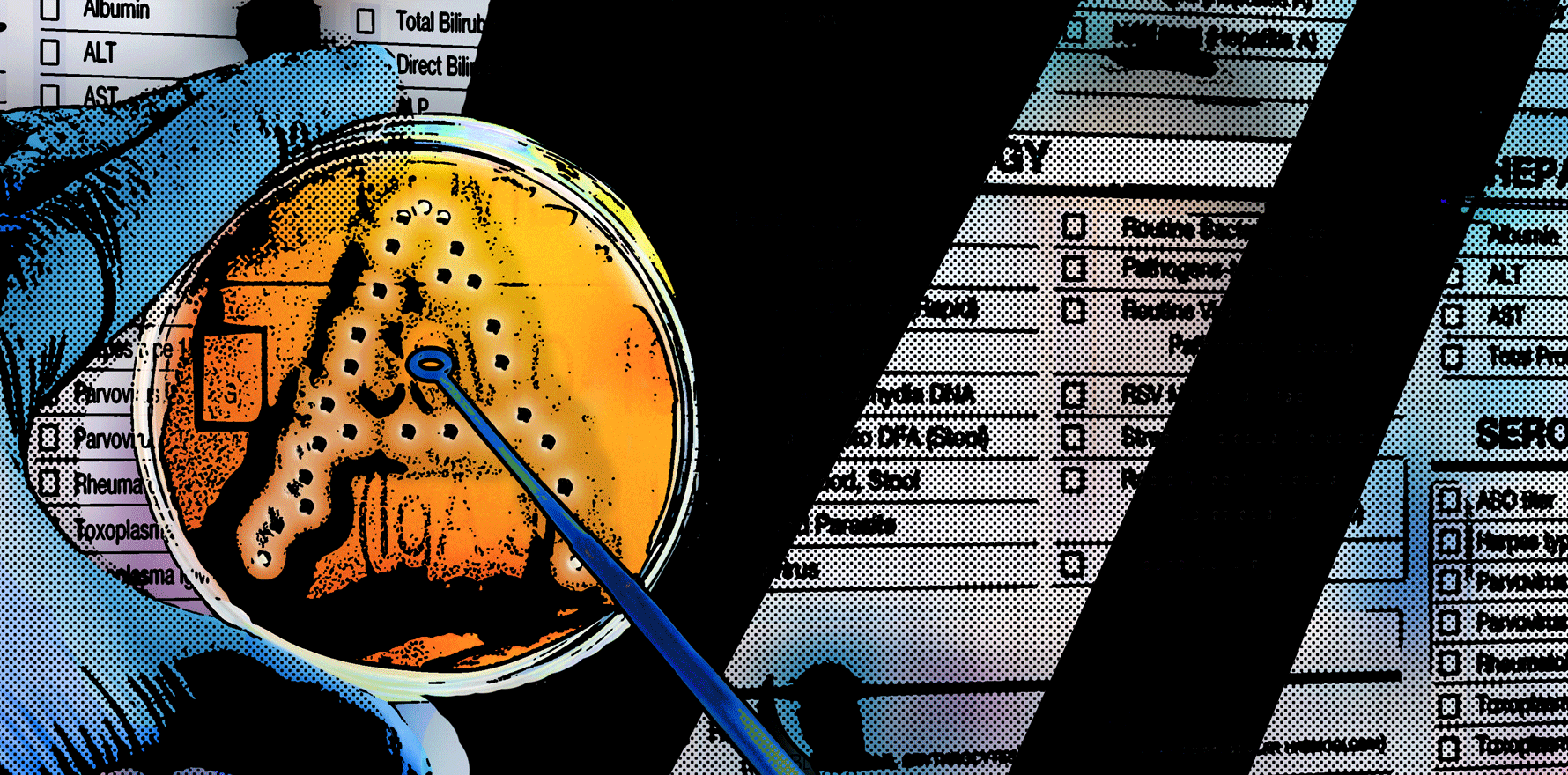GPs have been urged to keep watch for signs of the potentially deadly infection as case numbers soar.
Doctors should be alert for signs of invasive group A streptococcal disease following a rise in cases and the death of a toddler, experts warn.
The two-year-old Queensland girl died suddenly late last month from strep A, Brisbane’s Courier Mail newspaper reported.
She had reportedly tested positive for influenza but her condition deteriorated, and she was taken to Queensland Children’s Hospital where she was diagnosed with pneumonia. She went into cardiac arrest and died.
According to latest data from the National Notifiable Disease Surveillance System, invasive strep A cases in the first quarter of this year are almost double the numbers of early last year.
As of 7 March there have been 339 cases across Australia so far this year. That compares to 165 in the first quarter of 2022, and 13 cases in the first quarter of 2021.
NSW has the highest number of invasive strep A notifications this year with 94 cases, followed by Queensland (92 cases), Victoria (79), Western Australia (35), the Northern Territory (19), South Australia (18) and Tasmania (2). The ACT is the only state or territory with no notifications so far this year.
Group A streptococcus is a type of bacteria often found in the throat and on the skin. Group A streptococcal infections commonly cause sore throats, but in rare cases the bacteria can also cause a severe, life-threatening infection known as invasive group A streptococcal disease (also known as iGAS).
Infectious diseases paediatrician Professor Robert Booy said GPs should watch for signs of invasive group A streptococcal infection including a sandpaper-like macular rash with high fever, and potentially a systemic myalgia headache, vomiting and diarrhoea.
“They should be watching out for children who might have blood poisoning by group A strep, not just a few skin lesions or a milder infection,” Professor Booy, from the University of Sydney and The Children’s Hospital at Westmead, told TMR.
If testing was available, it would be helpful for doctors to know how many infections were in their community whenever there was a surge of infections, he said.
“Even if you don’t test every patient, when there’s a surge, test for a few days what comes through the door to get a handle on what’s in your community,” he said.
Professor Booy said the surge in invasive group A strep was occurring across Australia as well as in Europe, the UK and the US.
The rise in cases in both the northern and southern hemispheres was likely due to covid restrictions being lifted, he said.
“It might be the fact that there’s been a surge – post-covid restrictions being lifted – in a number of respiratory viral infections, which damage the throat and predispose to a bacteria which is normally quiet, normally a colonist and not pathogenic, becoming not just a colonist but an invader and a cause of septicaemia and widespread infection,” he said.
Professor Booy said traditionally, influenza was more likely to result in secondary bacterial infection including pneumococcal and meningococcal.
“The relationship with group A strep is not as strongly supported in the literature, but may well be happening around the world as we speak,” he said.
“The best explanation remains the viral surge post-covid, damaging the respiratory tract, allowing bacteria to invade.”
Professor Booy said there may have been a major genetic mutation, which had made the bug more virulent and more likely to invade.
“That’s certainly being investigated and it’s happened before. We’ve seen surges over the decades at different times in the 1800s, 1900s, in the 2000s. So there’s been a long history of noticing occasional surges in [invasive] group A strep disease.”
Professor Booy said preventing strep A infection through flu vaccination was only effective on a population level.
“Whether it’s meningococcal, pneumococcal or group A strep, the number needed to vaccinate would be in the thousands and maybe in tens of thousands to prevent one case of invasive bacterial infection,” he said.
“The best way is to vaccinate against the invasive bacterial infection, to have good sanitary and hygiene measures which made all the difference during covid with hand washing, masks and social distancing. But vaccination against flu would have a limited impact.”




